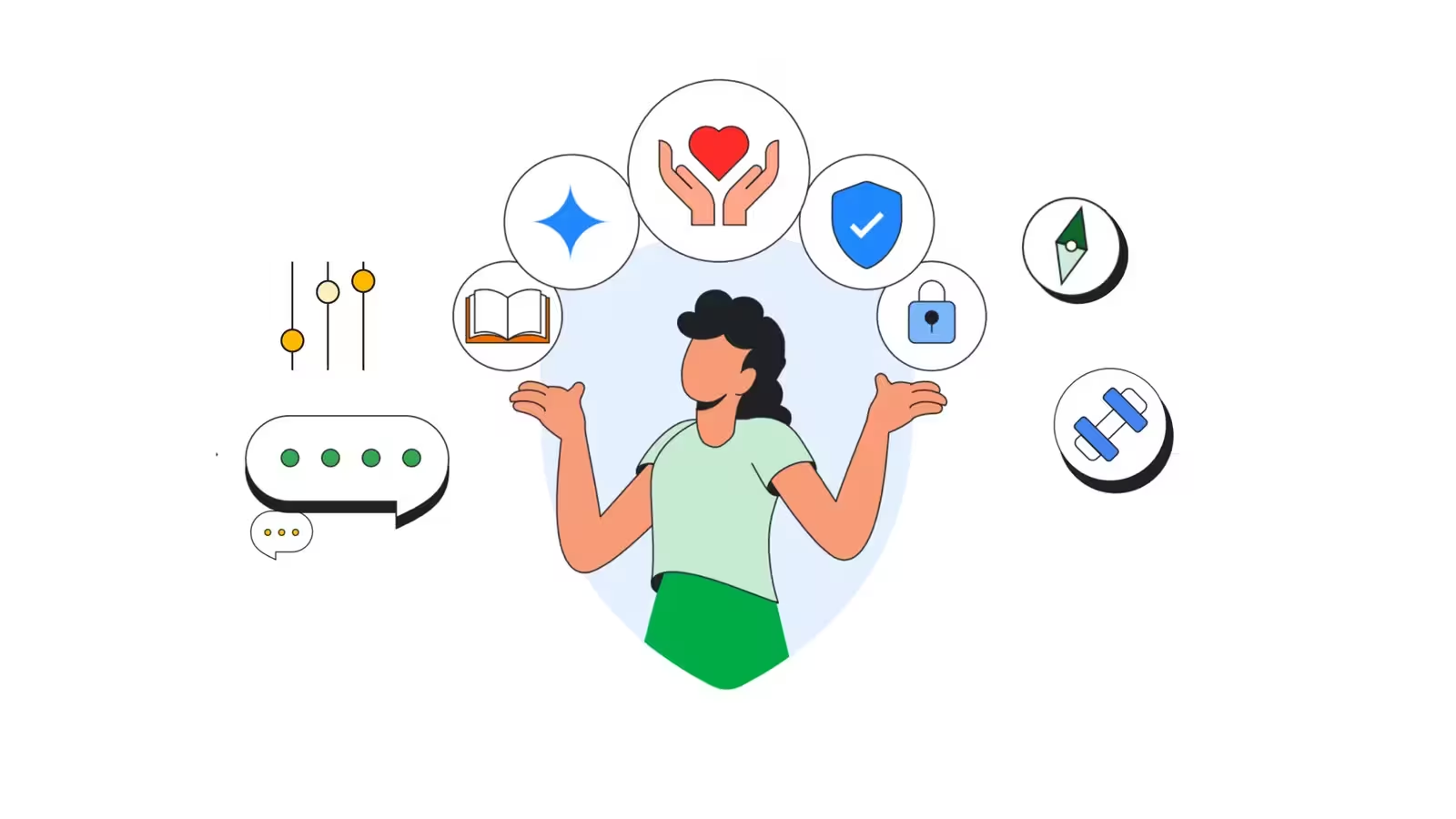4 Minutes
Understanding Teenagers’ Relationship with Technology: Findings from a Pan-European Survey
As summer unfolds and the school year pauses, technology takes center stage in the daily lives of teenagers across Europe. To get genuine insights into how teens interact with digital platforms, industry experts at Livity, a leading youth research agency, conducted the comprehensive "Future Report" survey. Consulting 7,000 young people aged 13 to 18 from various countries, this ongoing research promises fresh data on trends like artificial intelligence (AI) in learning, due for public release this September.
The Pursuit of Digital Balance: Strategies for Wellbeing
Teens Are Actively Managing Screen Time
This year’s survey highlights a pivotal shift: most teens are acutely aware of the mental and emotional effects of excessive screen time. In fact, 57% of respondents reported striking a healthy balance between their online interactions and offline lives. A remarkable 80% felt confident in their ability to manage digital habits, making thoughtful decisions about both their content consumption and digital connections.
So, how are teens putting this awareness into practice? The strategies are varied, yet effective:
- 43% dedicate more time to nurturing relationships with family and friends, emphasizing real-world connections.
- 31% engage in offline hobbies, from sports to art and beyond.
- 30% integrate exercise into their routines as a way to disconnect and de-stress.
- 25% have set personal screen time limits to proactively manage device usage.
Technology isn't just the problem—it’s also part of the solution. Three out of four teenagers are harnessing digital wellness tools, from sleep trackers and mindfulness apps to fitness platforms. They favor platforms that offer built-in wellbeing controls—for example, YouTube’s "Take a Break" reminders for younger users and Google's Family Link, which provides schooltime and bedtime settings. As Anita, 15, from Italy recounted, "I prefer spending time and laughing with friends rather than sitting together and scrolling on our phones."
Parental Guidance Remains Key in the Digital Age
Trust in Family and Need for Proactive Digital Support
Despite being tech-savvy digital natives, the survey found that teens still rely on parents and guardians as their primary resource when facing online challenges. The majority of respondents said they would consult a parent about issues such as:
- Online scams and fraud (68%)
- Cyberbullying and harassment (63%)
- Uncomfortable or inappropriate online interactions (58%)
- Privacy settings and account security (57%)
While most parents do use digital tools—like screen time limits, app settings, and supervisory controls—to guide their children, only 31% of surveyed teens feel their parents fully understand the nuances of the online world. To address this gap, specialized resources are becoming increasingly available. For example, Google’s Meet LEO training program empowers caregivers and educators across Europe with practical knowledge to foster digital wellbeing both at home and in schools. These initiatives are transforming family tech conversations and making digital safety a collaborative effort.
Building Trust and Empowerment with Digital Tools
Beyond Screen Time: The Need for Innovation and Dialogue
The report underscores that supporting teen wellbeing online stretches far beyond basic screen time management. Success hinges on giving young users trustworthy, age-appropriate technology tools, teaching them to make informed decisions, and ensuring that both parents and educators have easy-to-use digital controls at their fingertips.
Most importantly, effective solutions are those that include the voices of teens themselves. As Szymon, a 17-year-old from Poland put it: "Online gives me a voice, offline gives me a purpose." Technology companies are responding by designing digital platforms and safety features that evolve in step with young people’s needs—placing emphasis on safety, transparency, and mutual communication.
Product Features and Market Relevance
Comparing Digital Wellbeing Tools for Families
The market for parental control apps and digital wellbeing solutions is growing rapidly. Platforms like Google Family Link, Apple Screen Time, and dedicated third-party parental control apps offer comprehensive features such as activity reports, customizable screen time limits, sleep schedules, and detailed app management. These features not only help teens self-regulate but also facilitate constructive conversations within families, promoting a culture of responsible technology use. As digital education and AI-driven features become more prevalent, expect platforms to offer even more personalized controls and advanced monitoring to ensure teens’ safety and happiness both online and offline.
Looking Ahead: Embracing Teen Voices in Tech Innovation
Technology is constantly evolving, and with it, so are the needs and expectations of young users. By listening to teens, empowering them through innovative tools, and fostering strong support networks, the digital industry is paving the way for a healthier and more secure online experience. Stay tuned for the full “Future Report” coming later this year, which promises deeper insights and actionable recommendations for families, educators, and tech professionals worldwide.
Source: blog



Comments